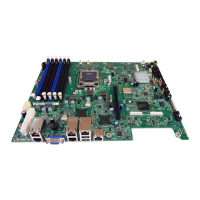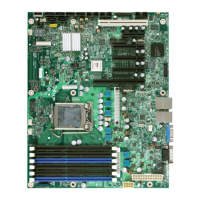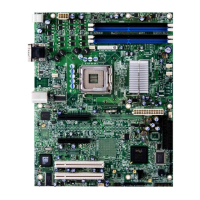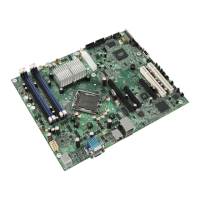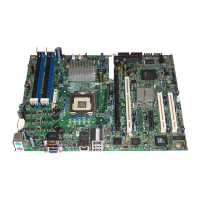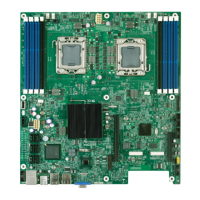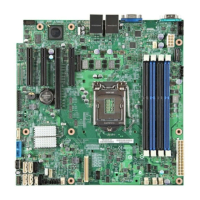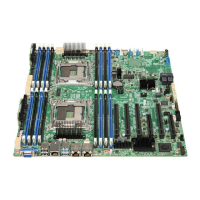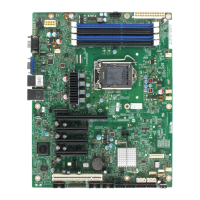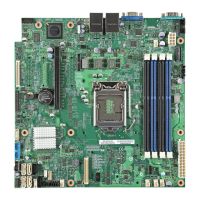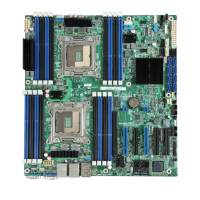Citrix* XenServer* 5.5.0 Installation Guide -
Intel® Server Board S3420GP
14
Note: Some systems have “bugs” in their BIOS software that can result in a correct setting being
incorrect. If a warning about a lack of hardware virtualization appears or if a warning does not
appear when expected, perform a hard power-cycle of the host and restart the installation. Also
refer to the hardware manufacturer's support site for BIOS upgrades.
8) If the installer detects a previously-installed version of XenServer* host, the option to perform a
clean installation or to upgrade the existing version, that preserves any present VMs, is presented.
Select the desired installation type, then select “OK”.
− If upgrading an existing version, a message reports the installer will create a backup of the
existing installation. Select “Continue”.
9) If multiple local hard disks are present, choose a primary disk for the installation, then select “OK”.
10) After selecting a primary disk, a prompt to choose other drives to be formatted for use by
XenServer* for VM storage appears. Make a selection, if applicable, then select “OK”.
− If the computer has a single hard disk, steps 8 and 9 do not apply.
11) In the next screen, specify the source of the installation packages:
− If installing from the CD, select “Local media (CD-ROM)”.
If “Local media” is selected, the next screen prompts to install the Linux* Pack from a
second CD. If installing VMs to run Linux* operating systems, select “Yes”. To install
only Windows* VMs, select “No”.
Important: In a pooled setup the Linux* Pack must be installed either on all of the pool
XenServer hosts or on none of them so they are matched.
If “Local media” is selected, the networking setup appears later in the installation
process.
− If installing via PXE, select the appropriate “HTTP or FTP” or “NFS” option. If “HTTP or FTP” or
“NFS” is selected, a prompt to setup networking so the installation script can connect to the
product repository appears.
− If the computer has multiple network interfaces, a prompt to select one to access the
XenServer* product repository appears. Make a selection, if applicable, then select “OK”.
− If the computer has a single network interface, the interface accesses the XenServer* product
repository, and no prompt is displayed.
− The NIC can be configured one of two ways:
Automatic configuration (DHCP) to configure the NIC using DHCP.
Static configuration, which prompts to configure the NIC's properties manually. A
prompt to provide the URL or NFS server and path where the installation media are
appears.
Note: To be part of a resource pool, XenServer* hosts must have static IP addresses.
12) The next screen prompts to verify the integrity of the installation media:
− If “Verify installation source” is selected , the MD5 checksum of the packages is calculated and
checked against the known value. This may take some time.
− If “Skip verification” is selected, this check is bypassed.
Choose one of the options, then select “OK” to proceed.
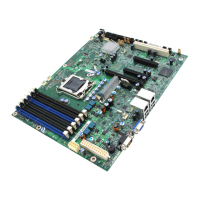
